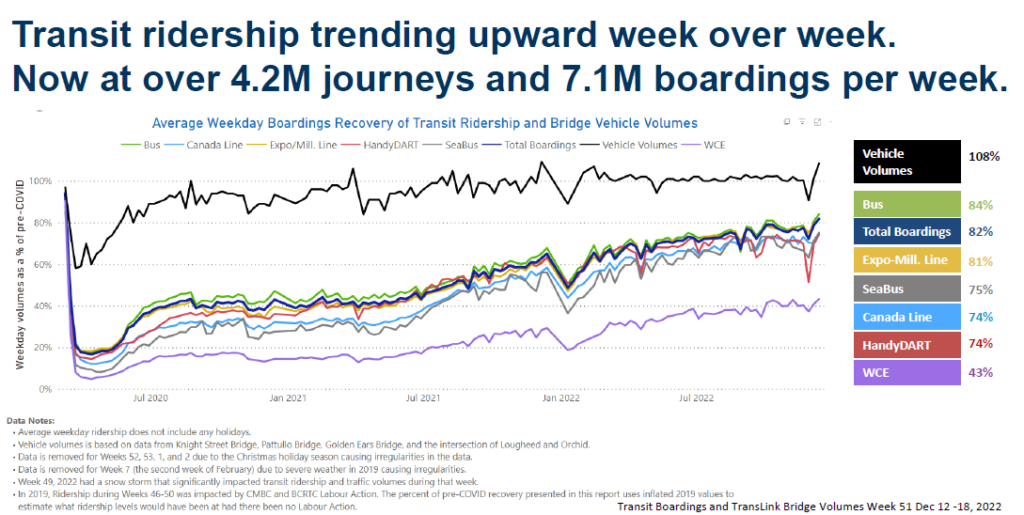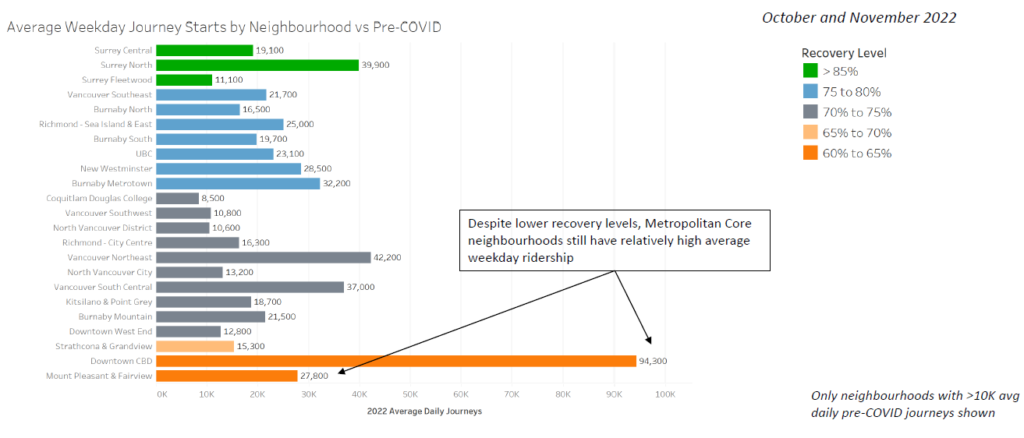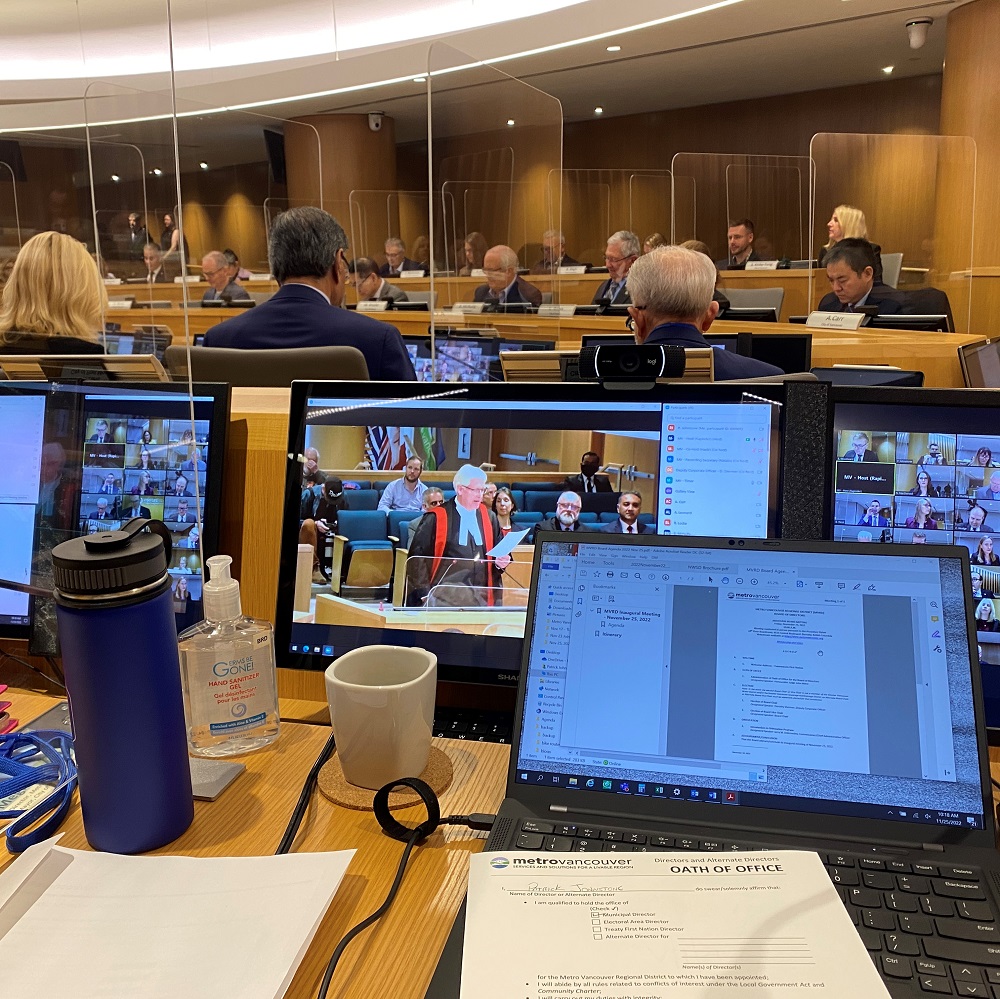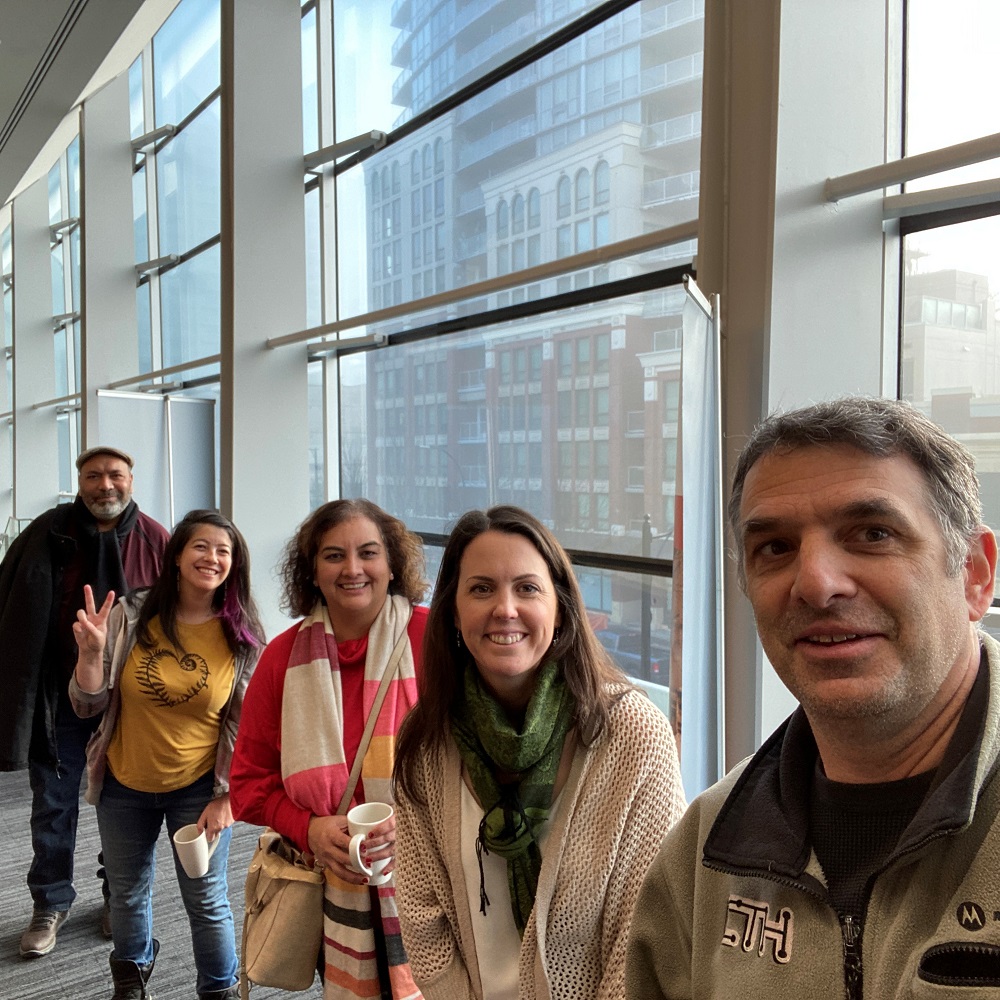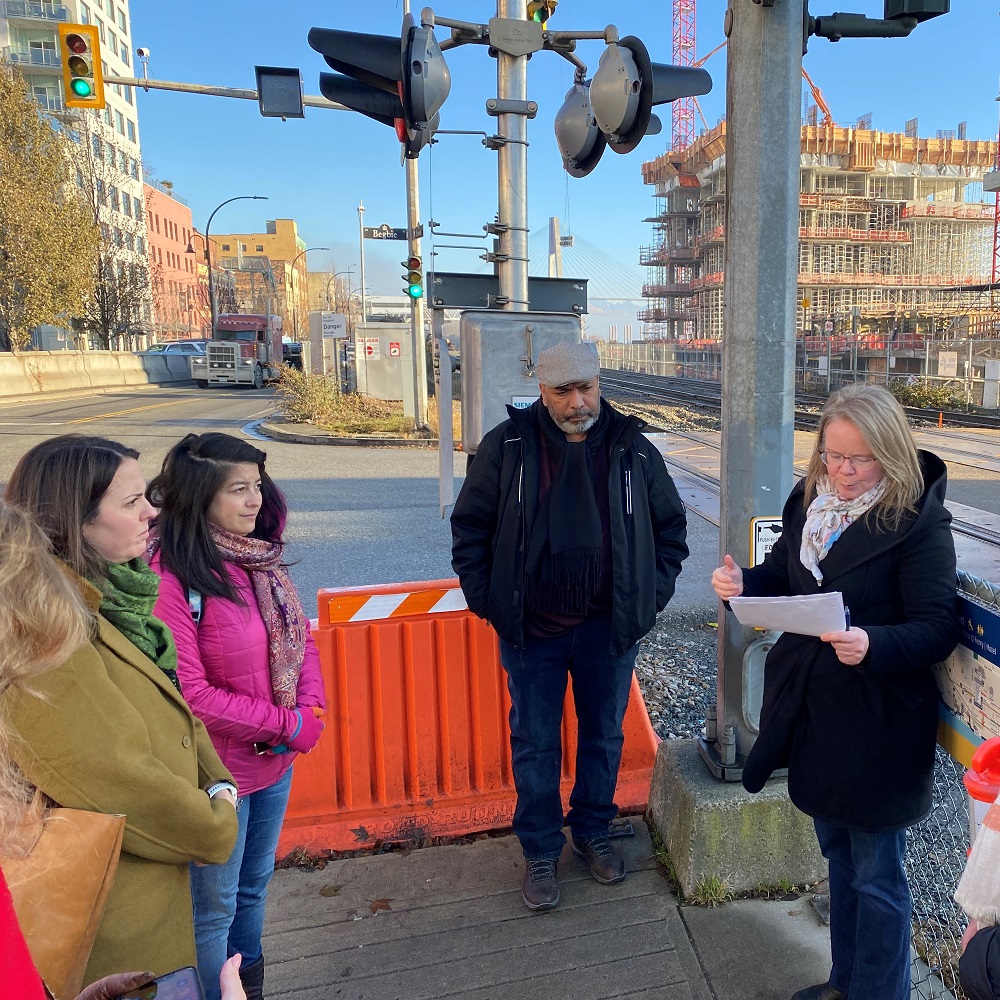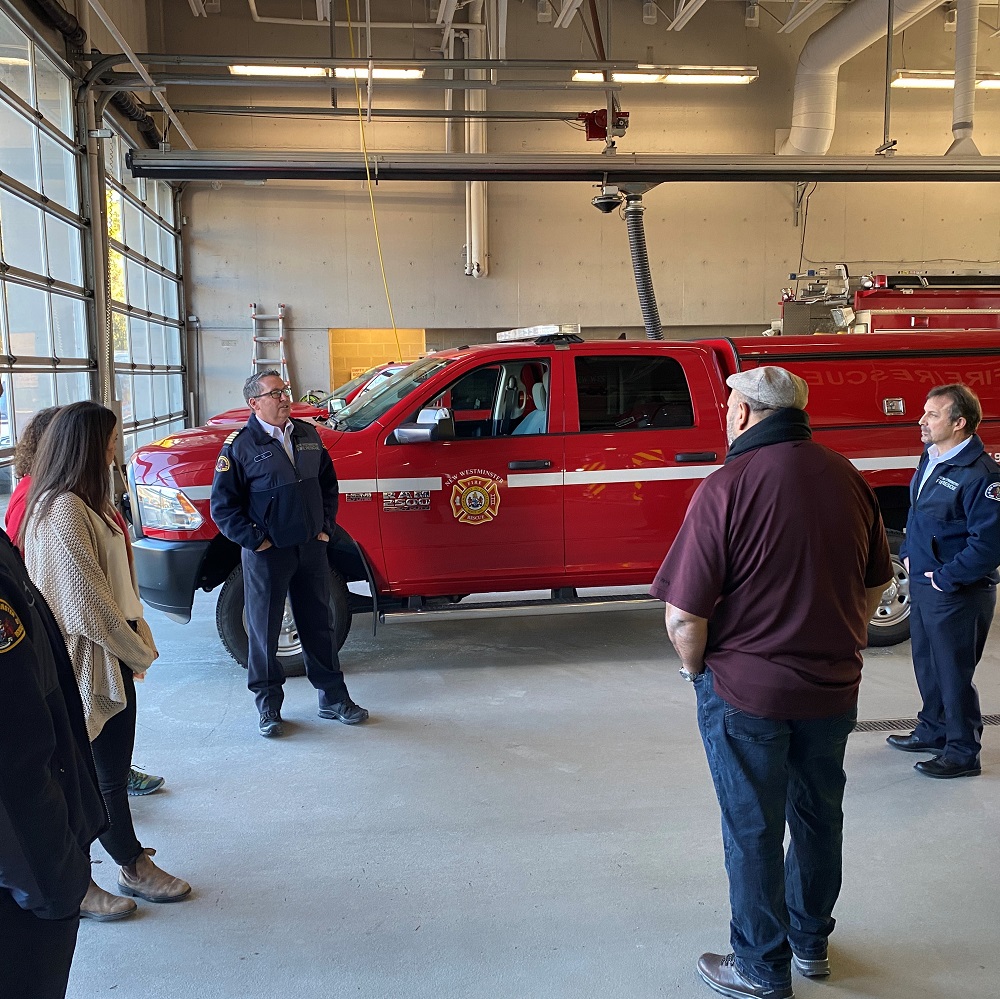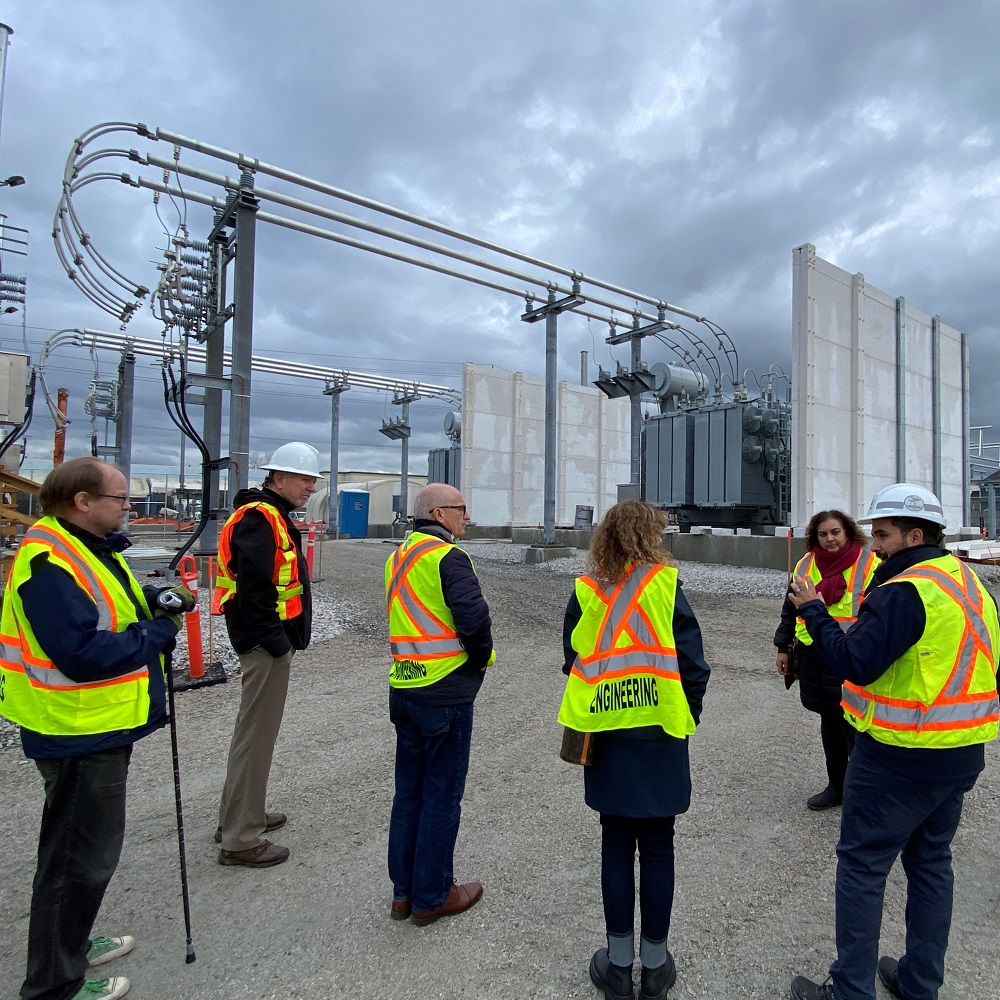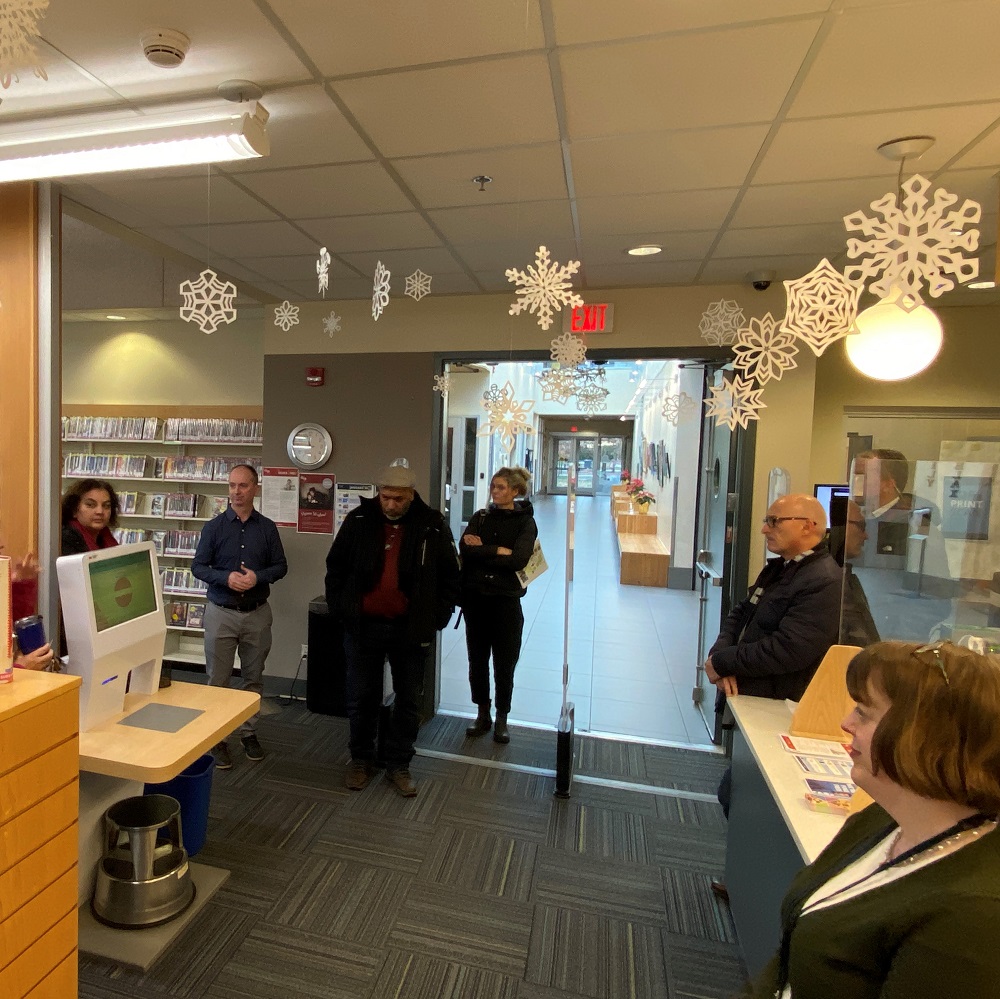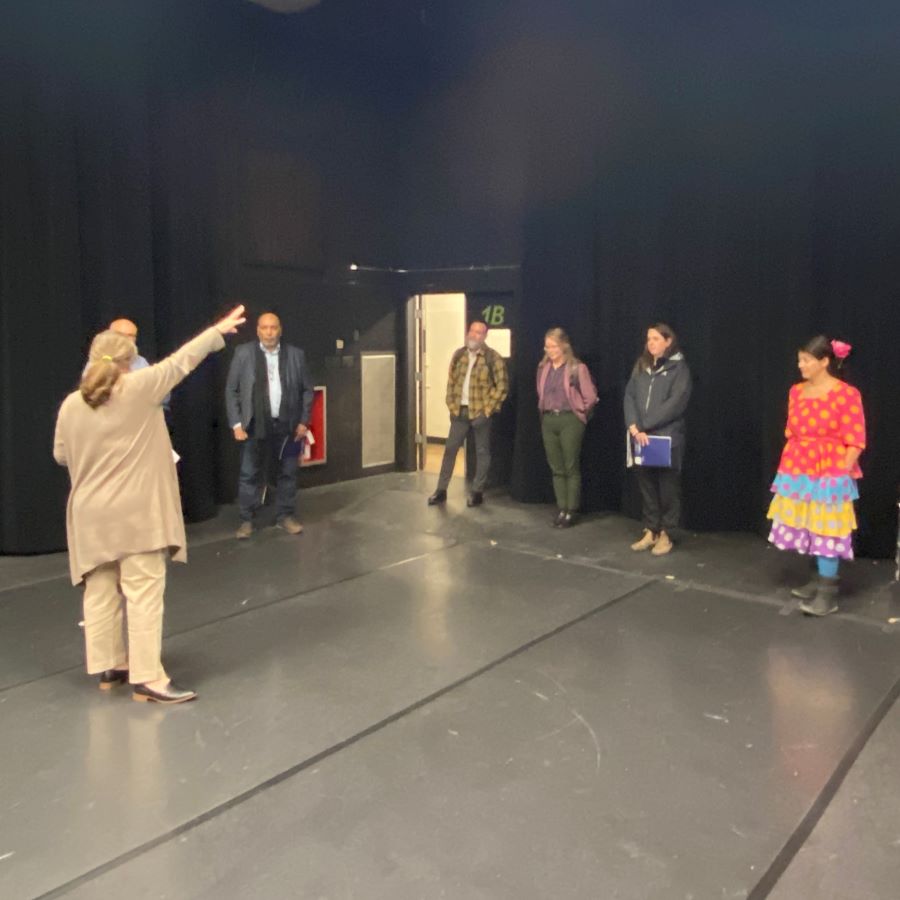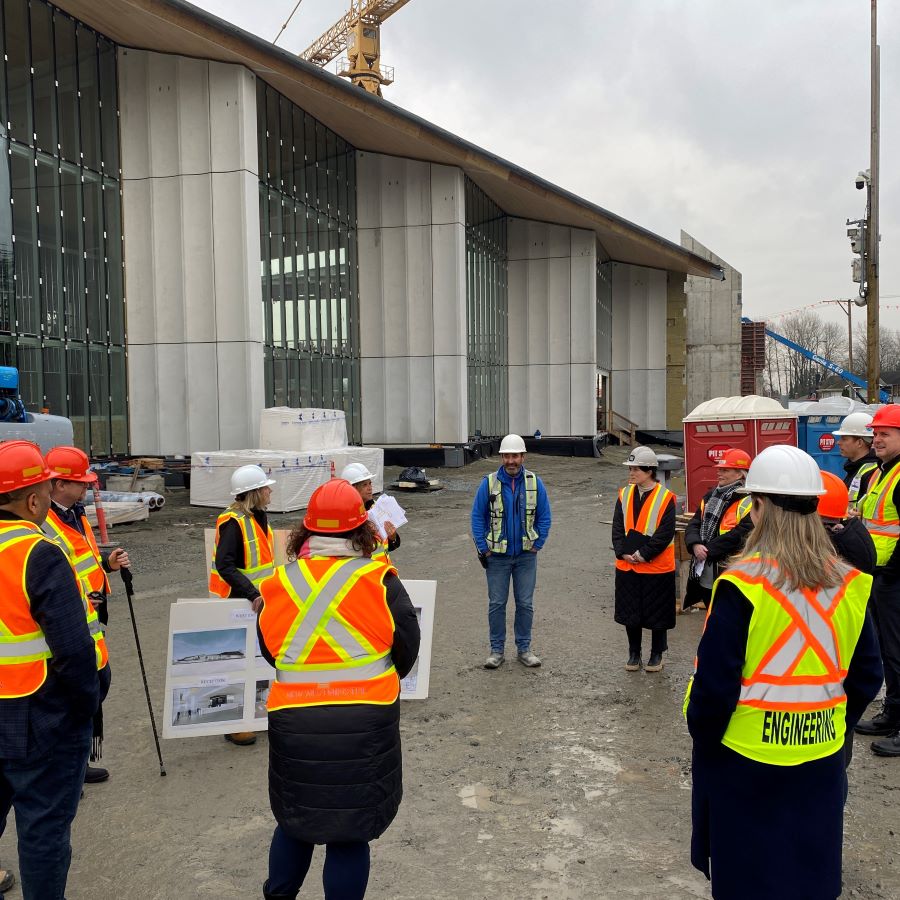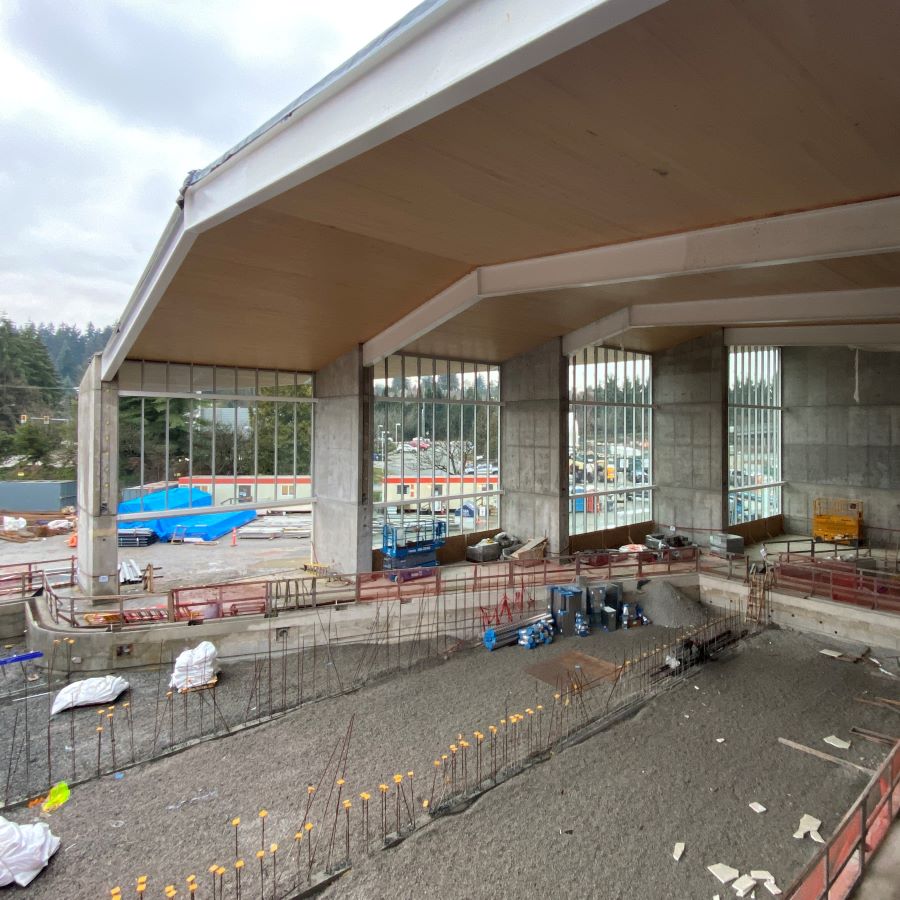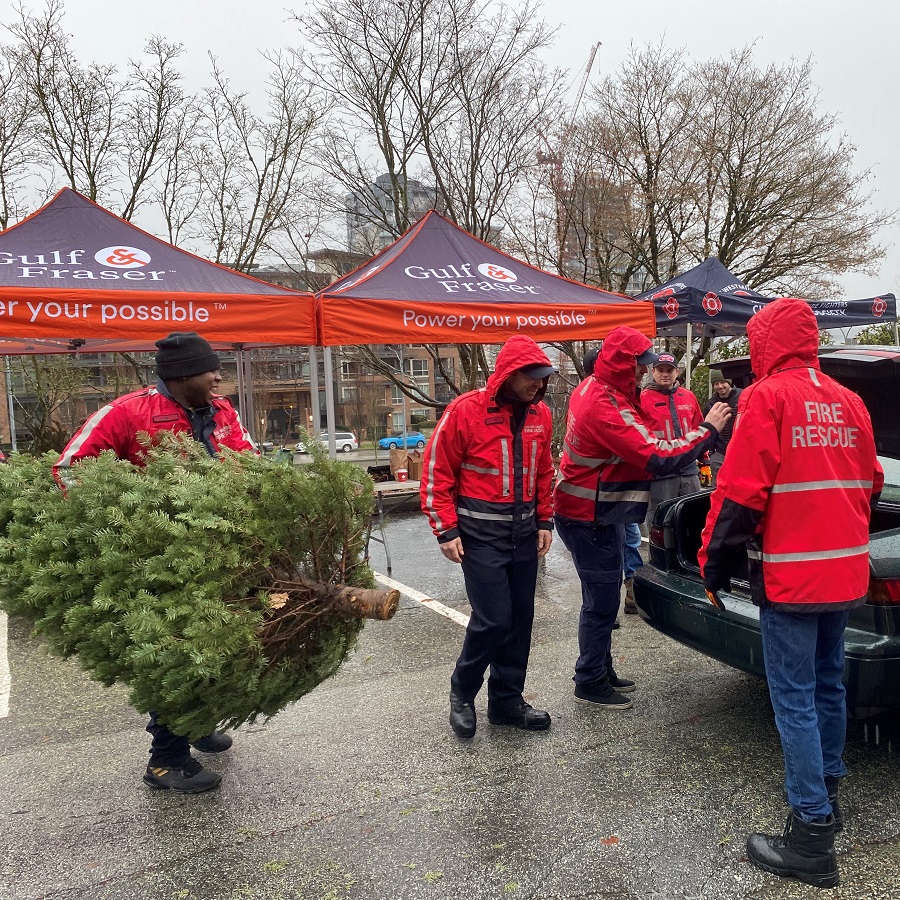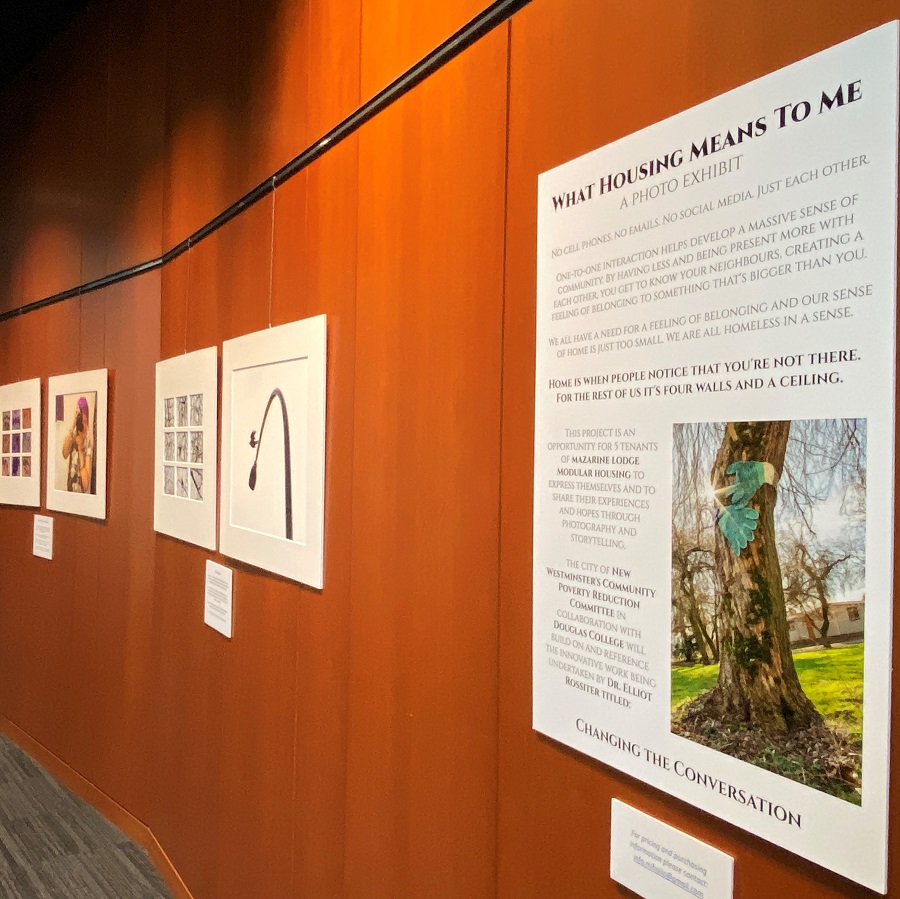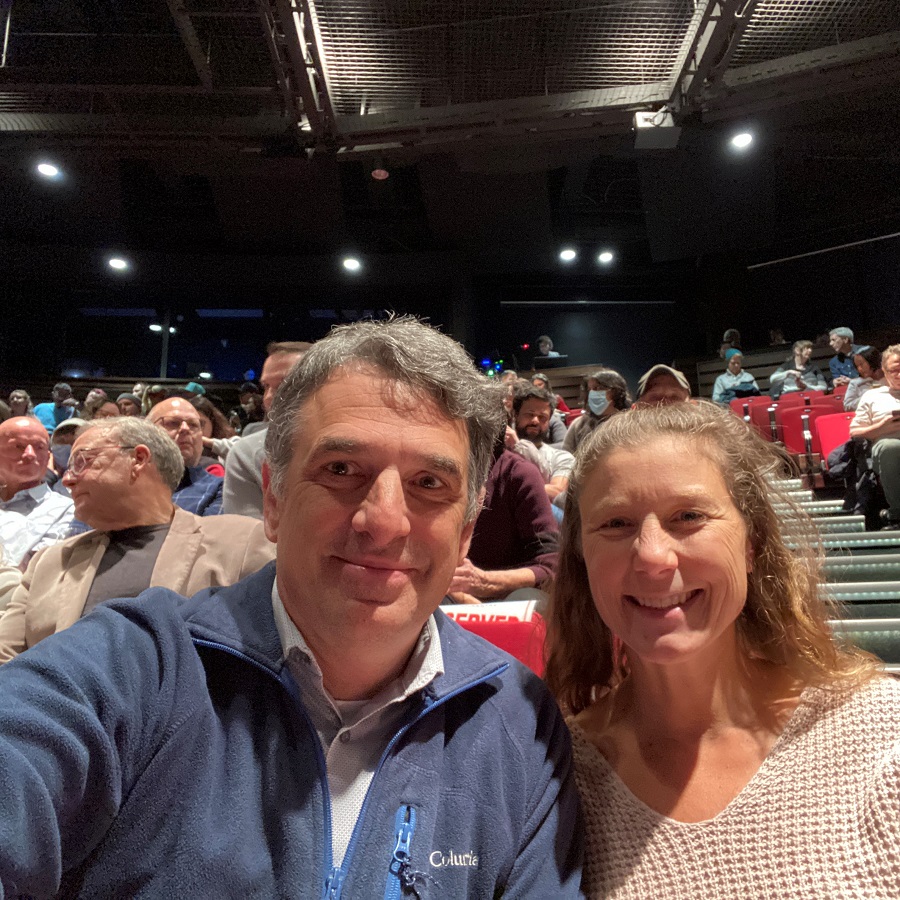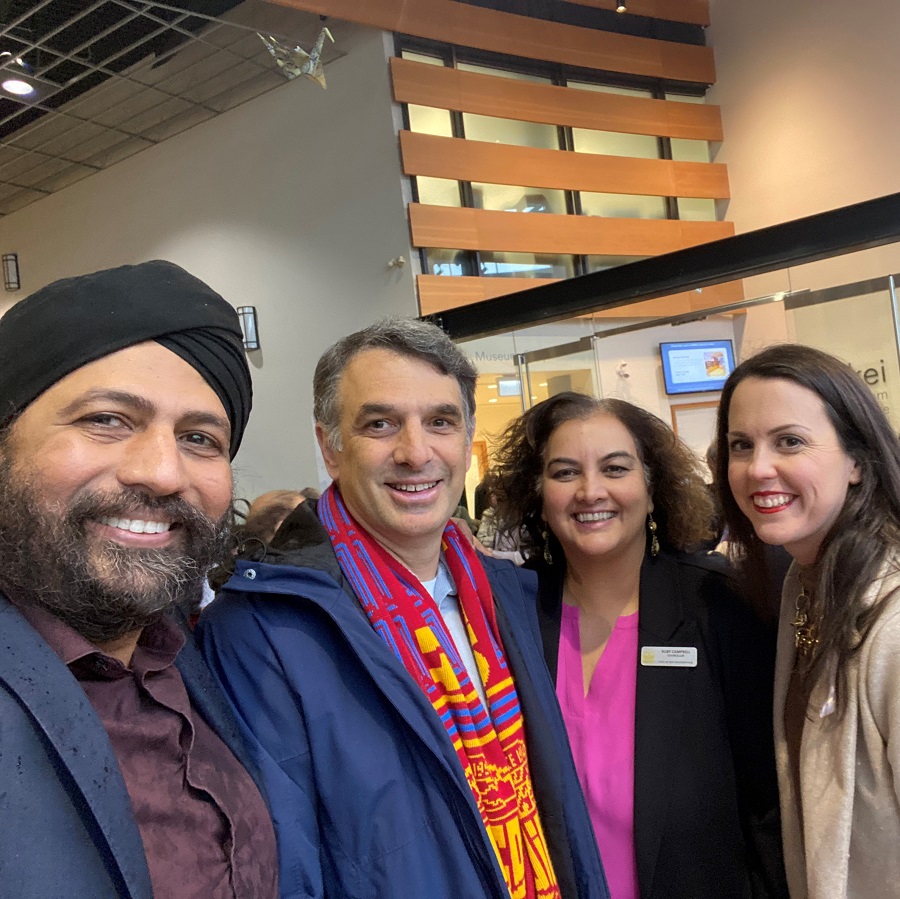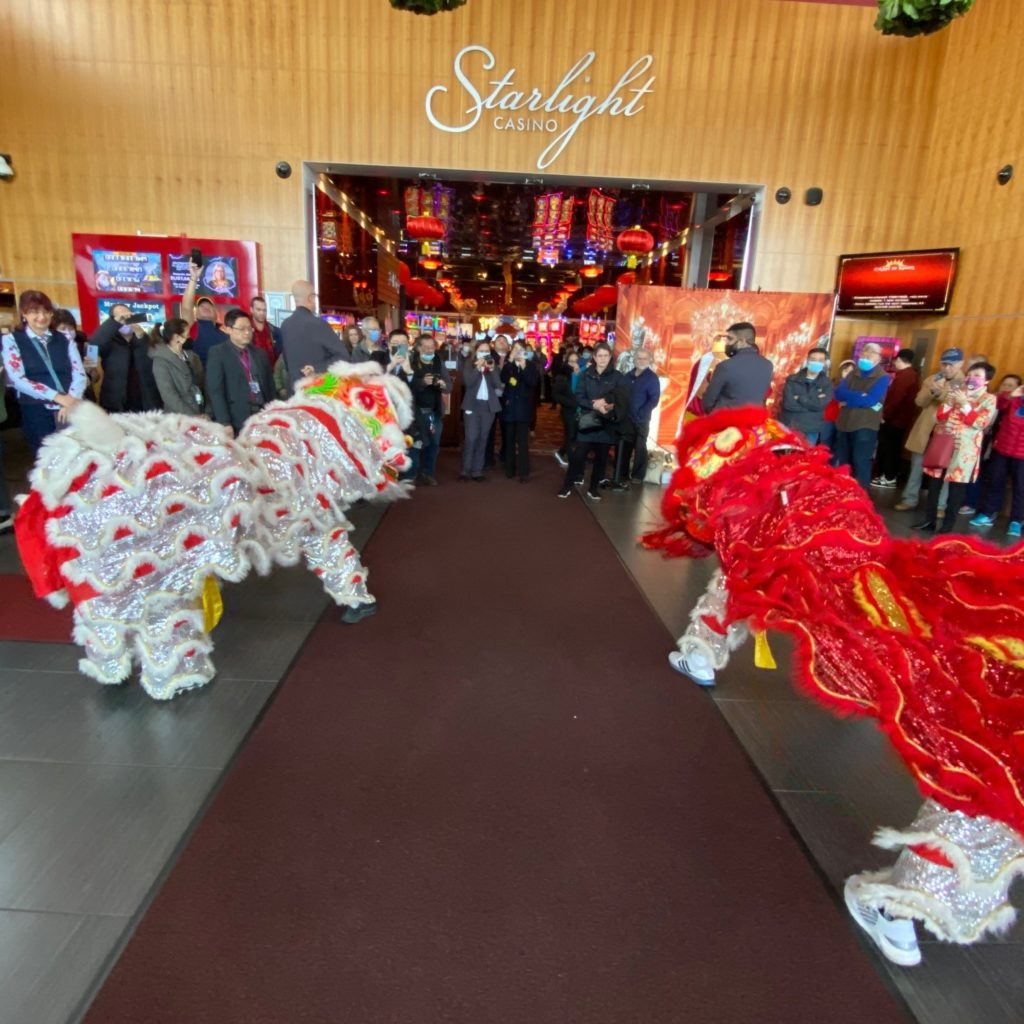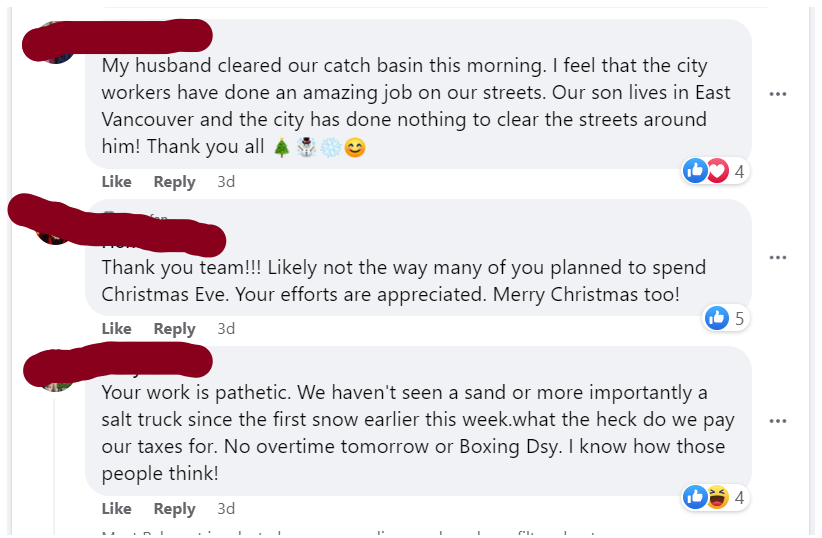We had a bit of a marathon Council meeting on Monday. A lot of things added to the agenda, a bunch of new Council members (myself included) learning the ropes and working our way through procedures and processes. There was also a fair amount of grandstanding and political theatre, which is a new vibe, but I’ll try my best in this post to stick to the decisions made, and not the distractions.
The meeting started with Reports and Presentations from staff:
Downtown Livability
This was a comprehensive reporting out and two reports to update Council and the public on all the work going on Downtown right now. A lot of this arose from a mid-Pandemic motion asking for some more proactive approaches to downtown streetfront activation, but is also related to recent delegations to council regarding interface challenges with the emergency shelter. Staff have taken a package of short-term, medium-term and long-term tactics and strategies (those are two different things) and called it a “Downtown Livability Strategy”. These reports outline a few of the measures and plans, to get both the new Council and the public caught up.
The first report was about capital investments, and goes back to the removal of the parkade and building of the “Mews” on Front Street, which has become a great public space. There were plans to expand this activation to the east all the way to the 4th street overpass, and some preliminary work was done to test out some concepts. The more permanent work got delayed by COVID as Council and staff chose to prioritize the support of businesses and the community through the pandemic. However, there is money in the 2023 capital budget to do that work (though it may need to be updated as the current cost estimate is from 2018, and inflation is a thing).
Then there was a more operational report. Staff from Community Planning, Economic Development, Engineering, Fire Services, Integrated Services (“Bylaws”), Parks and Recreation, Finance, and Police Service have all been a part of its development and ongoing implementation.
There are five main areas of action: Improved general cleanliness and enhanced access to 24/7 public toilets; Enhanced homeless outreach and added emergency shelter capacity; Opioid epidemic and illicit drug response; Business support and engagement; and mental health response and support. Each is outlined in the report and detailed in the presentation, so I won’t belabour that here.
There is also an accounting for how much we have spent, how much we anticipate spending, how much support we have received from senior government, and how much more we are going to ask. The big cost items will be Public Bathrooms, both the capital cost of long-term solutions, and the ongoing operational cost to assure they are clean, safe, operational, and comfortable for all users.
There are costs, but this detailed report is an excellent rebuke to some who would suggest nothing is being done. Challenges are daunting, the responses are not simple but require inter-departmental and interagency coordination, and they cost money. Success looks like people being safer downtown, people having access to social services they need to get through their day, people have a dignified place to go to the bathroom and to sleep at night.
As this is ongoing work, this was in part an update report, but it was also notice there would be requests coming from staff in the new year for new monies as part of our budget deliberations to support some of the medium- and longer-term goals. There is also a commitment to seek senior government support for much of the work.
Feedback from Businesses about Sixth Street Bike Lanes
Coming from last meeting’s delegations, we asked staff to engage with the business community about the construction site Uptown (“construction site” because the bike lanes are not built yet and any impacts they are feeling now will be related to construction, not bike lanes). As staff had a very limited time to connect with businesses and prepare this report, the summary is necessarily incomplete. The bulk of the comments were about snow removal and lack of bikes using the new lanes (though, of course, the lanes are not opened yet but are a construction site), though there are concerns about parking availability and some other concerns they would like addressed.
The report also goes through the two years of multi-phase engagement with the 1,000+ residents, businesses, and stakeholders during two years of active engagement and co-design of this project. And the many years stakeholders (Including the City’s Active Transportation and Youth Advisory Committees) were asking the City to provide safe cycling infrastructure to the new High School – a conversation that started long before the new school was even built.
Staff did identify some potential mitigation strategies to address some concerns raised during the engagement, which council endorsed.
We then moved the following items Moved on Consent:
Amendments to the Community Heritage Commission Bylaw No. 6423, 1997
These are basically housekeeping updates of the Bylaw that empowers the CHC. Since we were opening it up to appoint two Council members it was timely to make these updates to align with other City policies and changed provincial regulatory language.
Staffing Challenges Update
Like many organizations, we are short staffed. About 10% down in simple vacancies, another 5% with people on leave (medical, parental, etc.). This makes it hard to operate. This report is mostly for information, to get the new council up to date on the conversation had with the last council. Staff will bring another report back in the near future with some new strategies to address workload and staff culture in a time of being under-resourced.
We then had the following items Removed from Consent for discussion:
Budget 2023: Engineering and Electrical Utility Amendment Bylaw
We reviewed and debated Utility Rates last meeting, and approved the increases, asking Staff to prepare the necessary Bylaws. These are those Bylaws. There was once again a motion to divert money from reserves for a one-time rate reduction, but Council did not vote to support this. There will be much more discussion of the importance of reserves and their relationship to asset management best practices in upcoming budget discussions.
Child Care and Community Uses on School Sites
This report outlines a lot of the background behind the closing of community spaces (childcare and Family Place) in downtown schools as they struggle to meet their capacity needs for elementary students in the downtown. This has resulted in an exchange of formal letters, and several meetings at the staff and Council-to-School-Board level to talk about the current situation, but more about how we can work together to address the critical space shortage and longer term to better plan for school space needs.
Efficiencies – Processes and Council Meetings
This report has a collection of ideas from staff on how to make the Council Meeting process more efficient. This is one of those reviews that typically happens at the beginning of a new term. There are a few things here, and we voted on them separately, so I’ll try to be concise.
Committee of the Whole is a model used by many Local Governments, and was the standard way of doing business in New West when I was first elected in 2014. I didn’t like the way we did them then, because I saw it as being very duplicative: there was an afternoon meeting where decision were made, and an evening meeting where they were (sometimes performatively) made again. I envision them working differently now, by treating them as topic-specific Standing Committees, with all members of Council included. For example, I can see a place for a Finance and Asset Management Standing Committee, and another to address actions directly related to the 7 Bold Steps. I also think this model could replace the function of LUPC, bringing all of council into those earlier conversations on planning and development, so the Standing Committee on Development as proposed here can serve that function.
As I see a Standing Committee of the whole offsetting some of the existing Task Forces, I want to keep my commitment to Council that we not make significant changes to the tasks forces or committee structure until after Strategic Planning, so I suggested we postpone striking these Standing Committees until after that time.
There are suggested changes here to the Preliminary Application Review process (an early-review for some developments), and a new policy for Voluntary Amenity Contributions that council supported and staff will develop for our future approval.
We also approved the idea of moving “For Information” reports off of the regular agenda, and instead making the available on the city website and providing a link to them on the agenda. If there isn’t a decision for Council to make, we don’t’ need to spend a bunch of valuable Council time reviewing the reports. They are available for us (and the public) to read, and if a Councillor has questions or concerns rising from them, they can request that report be brought to the subsequent council meeting for discussion.
There were some proposed changes in delegation powers related to the noise Bylaw that we sent back to staff to give us a more fulsome report before we make any changes.
We then read several bylaws, including the following Bylaws for Adoption:
Revenue Anticipation Borrowing Amendment Bylaw No. 8370, 2022
This Bylaw that gives staff the authority to draw temporarily form our line of credit in case of low cash flow was adopted by Council.
After all of that, the night was only half done as we had a bunch of Motions from Council, but I think I’ll skip those for a follow-up post, and get right to the bottom of the agenda where we had two pieces of New Business:
Construction Noise Bylaw Exemption Request: Front Street from Tenth Street to McBride Boulevard – Metro Vancouver Sewer Inspection
Metro Vancouver needs to do inspection and maintenance of the major sewer line under Front Street. It has to happen at night (so the sewer flows are low enough that they can “shut down” the line for a period of time), and when it isn’t pouring rain (for the same reason – yes, a lot of rainwater gets in to the sewer. So we are granting them a Construction Noise Bylaw Exemption to do this work.
Electric Utility Billing Credit
The BC Ministry of Energy and Mines is giving BC Hydro Customers a one-time credit ($100 for most residential customers), and as New West Electrical is a BC Hydro customer, we also get a Credit. Council agreed to pass that credit on to customers the same as BC Hydro. If you had a NWE account in October, you should see the credit on your first bill in the new year.
That was the bulk of the work done in the meeting. I’ll write about the rest of the evening in a follow up. Lucky I have some vacation time coming up.
